The Importance of Renewable Energy Sources
This article explores the significance of renewable energy sources in addressing climate change, promoting sustainability, and ensuring energy security for future generations. In a world where the effects of climate change are becoming increasingly evident, the transition to renewable energy is not just a choice—it’s a necessity. Imagine a world where the air is clean, the water is pure, and the energy we consume is sustainable. This vision can be realized through the adoption of renewable energy sources, which harness natural processes that are constantly replenished. From solar panels soaking up the sun's rays to wind turbines spinning in the breeze, renewable energy offers a plethora of options that not only reduce our carbon footprint but also provide a pathway to a more sustainable future.
Renewable energy is not just about saving the planet; it's about securing a better quality of life for ourselves and future generations. Think of it as investing in a bank account where the interest keeps compounding. The more we invest in renewable technologies, the more benefits we reap—economically, environmentally, and socially. It's a win-win situation! As we dive deeper into this article, we will unpack the various types of renewable energy sources, their environmental benefits, and the economic advantages they bring. By the end, you’ll see why embracing renewable energy is crucial for our planet and our well-being.
Renewable energy refers to energy derived from natural processes that are replenished constantly. This includes sources like solar, wind, hydroelectric, geothermal, and biomass energy. Each of these sources has unique characteristics and benefits. For instance, solar energy harnesses sunlight through photovoltaic cells, while wind energy captures the kinetic energy from wind currents using turbines. Hydroelectric power, on the other hand, generates electricity by utilizing the flow of water in rivers and dams. By understanding these various types, we can appreciate their potential in transforming our energy landscape.
One of the most exciting aspects of renewable energy is that it is available in abundance. Unlike fossil fuels, which are finite and depleting, renewable sources can be harnessed endlessly. This opens up a world of possibilities for energy generation that is both sustainable and environmentally friendly. As we explore the environmental benefits and economic advantages of renewable energy, it becomes clear that the shift towards these sources is not just beneficial; it is essential for a sustainable future.
Renewable energy sources play a crucial role in reducing greenhouse gas emissions. By transitioning to renewables, we can significantly mitigate climate change and improve air quality. Imagine a world where the air is crisp and clean, free from the pollutants that plague our cities today. This is achievable through the widespread adoption of renewable energy technologies. For instance, solar and wind energy produce little to no greenhouse gas emissions during operation, making them a cleaner alternative to fossil fuels.
Switching to renewable energy significantly lowers carbon emissions. The impact of renewable energy on individual and collective carbon footprints is profound. For instance, a household that switches from conventional electricity sources to solar power can reduce its carbon emissions by several tons each year. On a larger scale, if cities and countries commit to renewable energy, the cumulative effect could be a drastic reduction in global carbon emissions, leading to a healthier planet.
When we compare the carbon emissions of fossil fuels versus renewable energy sources, the differences are stark. The table below illustrates the average carbon emissions produced by various energy sources:
| Energy Source | Average Carbon Emissions (gCO2/kWh) |
|---|---|
| Coal | 900 |
| Natural Gas | 400 |
| Oil | 800 |
| Solar | 50 |
| Wind | 10 |
| Hydroelectric | 30 |
This comparison clearly illustrates the environmental advantages of adopting renewables. Not only do they emit far fewer greenhouse gases, but they also contribute to a more sustainable energy future.
In addition to reducing carbon emissions, renewable energy contributes to long-term sustainability by preserving natural resources and promoting ecological balance. By relying on renewable sources, we can protect our planet's finite resources, ensuring that future generations inherit a world rich in biodiversity and natural beauty. The more we harness the power of the sun, wind, and water, the less we deplete the earth's resources, paving the way for a sustainable future.
Investing in renewable energy can lead to job creation and economic growth. The renewable energy sector is one of the fastest-growing industries worldwide, providing millions of jobs in manufacturing, installation, and maintenance. Furthermore, as technology advances and costs decrease, renewable energy becomes increasingly accessible, driving economic development in both urban and rural areas. Imagine a future where communities thrive on clean energy jobs, boosting local economies and enhancing energy independence.
Renewable energy enhances energy security by diversifying energy supply and reducing dependence on fossil fuels. This diversification is crucial in an era where geopolitical tensions can disrupt energy supplies. By investing in local renewable resources, nations can achieve greater energy independence, ensuring that they are less susceptible to external shocks.
Decentralized energy systems, such as community solar projects and local wind farms, can improve resilience against disruptions. These local renewable energy projects contribute to energy security by providing a reliable energy source that is less vulnerable to supply chain issues. When communities generate their own energy, they are empowered and can respond more effectively to energy needs.
This section will analyze current global trends in renewable energy adoption, highlighting the shift towards sustainable energy solutions worldwide. Countries around the globe are investing heavily in renewable technologies, setting ambitious targets to reduce their carbon footprints and transition to cleaner energy sources. The momentum is building, and the future looks bright for renewable energy!
- What are the main types of renewable energy? The main types include solar, wind, hydroelectric, geothermal, and biomass energy.
- How does renewable energy help combat climate change? It reduces greenhouse gas emissions and decreases reliance on fossil fuels.
- Are renewable energy sources reliable? Yes, with advancements in technology, renewable energy sources are becoming increasingly reliable and efficient.
- How can individuals contribute to renewable energy adoption? Individuals can install solar panels, support local renewable projects, and advocate for policies that promote clean energy.
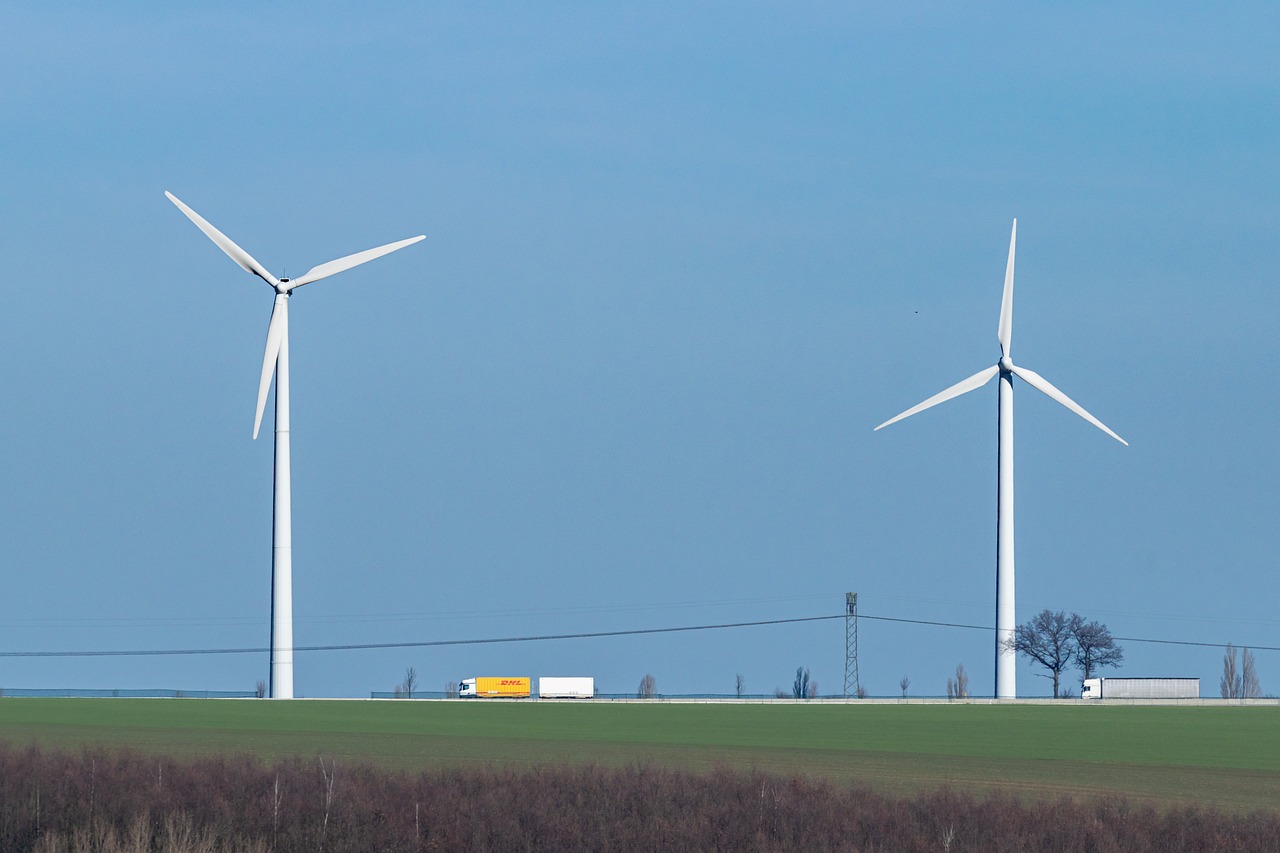
Understanding Renewable Energy
When we talk about renewable energy, we're diving into a world of energy that is not only sustainable but also constantly replenished by nature. Imagine harnessing the power of the sun, wind, and water—these are the very forces that fuel our planet and can be tapped into for clean energy solutions. Renewable energy is derived from natural processes that are continually replenished, meaning they won’t run out as long as we take care of our planet. This is a game-changer in the fight against climate change and for our future energy needs.
There are several types of renewable energy sources, each with its unique advantages and applications. Here are the most prominent ones:
- Solar Energy: This is the energy we capture from the sun using solar panels. It’s versatile and can be used for everything from heating water to powering entire homes.
- Wind Energy: By harnessing the power of wind through turbines, we can generate electricity without emitting harmful pollutants. Wind farms are popping up all over the world, turning breezy days into energy production.
- Hydroelectric Power: This involves generating electricity by using the flow of water, typically from rivers or dams. It’s one of the oldest and most reliable forms of renewable energy.
- Geothermal Energy: This comes from the heat stored beneath the Earth's surface. It can be used for heating and electricity generation, making it a powerful resource in certain regions.
- Biomass Energy: This is derived from organic materials, such as plants and waste. It can be converted into biofuels or used directly for heating.
The significance of these sources cannot be overstated. As we grapple with the consequences of fossil fuel consumption—think air pollution and climate change—renewable energy offers a path forward that is both environmentally friendly and economically viable. By investing in renewables, we not only reduce our dependency on finite resources but also create a more stable and sustainable energy future.
Moreover, renewable energy technologies are continually evolving. Innovations are making these sources more efficient and cost-effective, which is crucial for widespread adoption. The transition to renewable energy is not just a trend; it’s becoming a necessity for our survival and prosperity. As more individuals and businesses recognize the benefits, the shift towards a cleaner energy landscape is gaining momentum, promising a brighter future for generations to come.
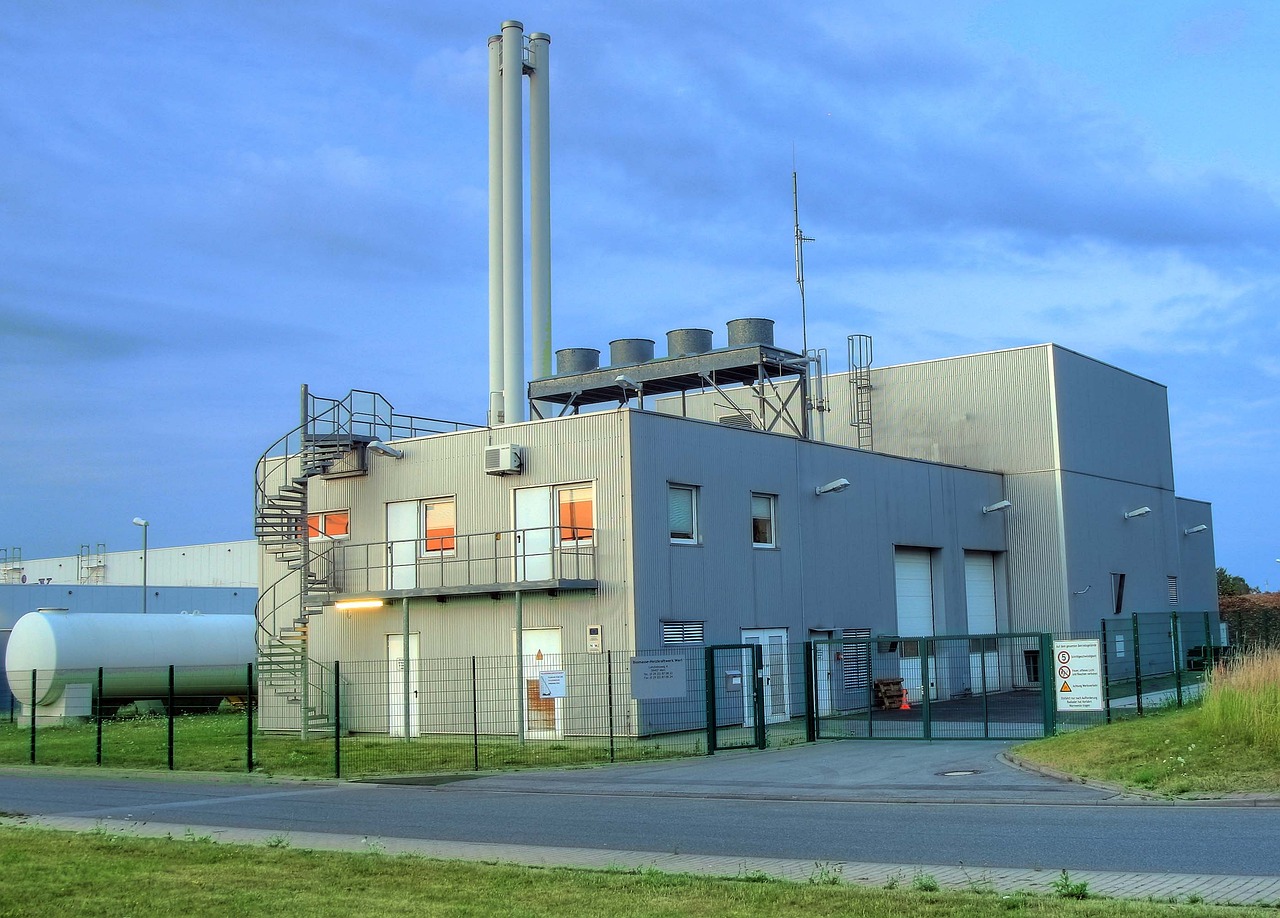
Environmental Benefits
When we talk about renewable energy sources, we’re diving into a world of possibilities that extend far beyond just generating power. These energy sources are like nature’s gift, offering us a way to harness the elements—sunlight, wind, and water—to create energy that is not only sustainable but also environmentally friendly. One of the most compelling reasons to shift towards renewables is their significant impact on the environment, particularly in reducing greenhouse gas emissions. Imagine a world where the air is cleaner, the skies are clearer, and the planet is healthier; this is what renewable energy promises us.
As we transition to renewable energy, we can drastically reduce our carbon footprint. This is crucial in the fight against climate change. The burning of fossil fuels releases a staggering amount of carbon dioxide (CO2) into the atmosphere, contributing to global warming. In contrast, renewable energy sources such as solar, wind, and hydroelectric power generate electricity without emitting these harmful gases. To illustrate this point, let’s look at the carbon emissions associated with different energy sources:
| Energy Source | Carbon Emissions (grams CO2/kWh) |
|---|---|
| Coal | 900 |
| Natural Gas | 450 |
| Oil | 800 |
| Solar | 50 |
| Wind | 10 |
| Hydroelectric | 30 |
This table clearly shows that renewable sources can significantly lower carbon emissions compared to traditional fossil fuels. Switching to renewable energy is like swapping a heavy, clunky car for a sleek, efficient electric vehicle; the difference in performance and environmental impact is staggering!
Furthermore, renewable energy contributes to long-term sustainability. By utilizing resources that are naturally replenished, we are not depleting the earth’s finite resources. Instead, we’re promoting a cycle of energy production that is in harmony with nature. This ecological balance is essential for preserving biodiversity and ensuring that future generations inherit a planet that is not only livable but thriving.
In addition to reducing carbon emissions, renewable energy sources also help improve air quality. Traditional energy production methods release pollutants that can lead to respiratory issues and other health problems. By transitioning to cleaner energy, we not only protect our environment but also safeguard our health and well-being. It’s a win-win situation!
In summary, the environmental benefits of renewable energy are profound and far-reaching. By embracing these sustainable energy sources, we can:
- Reduce greenhouse gas emissions
- Lower our carbon footprints
- Improve air quality
- Promote long-term ecological sustainability
So, the next time you consider the impact of your energy choices, remember that every small step towards renewable energy is a giant leap for our planet’s health. The shift to renewables is not just an option; it’s a necessity for a sustainable future.
Q: What are renewable energy sources?
A: Renewable energy sources are energy derived from natural processes that are constantly replenished, such as solar, wind, and hydroelectric power.
Q: How do renewable energy sources reduce carbon emissions?
A: Unlike fossil fuels, renewable energy sources generate electricity without emitting greenhouse gases, significantly lowering overall carbon emissions.
Q: What are the health benefits of renewable energy?
A: By reducing air pollutants associated with fossil fuel combustion, renewable energy can improve air quality and reduce health issues related to respiratory problems.
Q: Is renewable energy sustainable for the future?
A: Yes, renewable energy sources are sustainable as they rely on natural processes that are continuously replenished, ensuring energy availability for future generations.
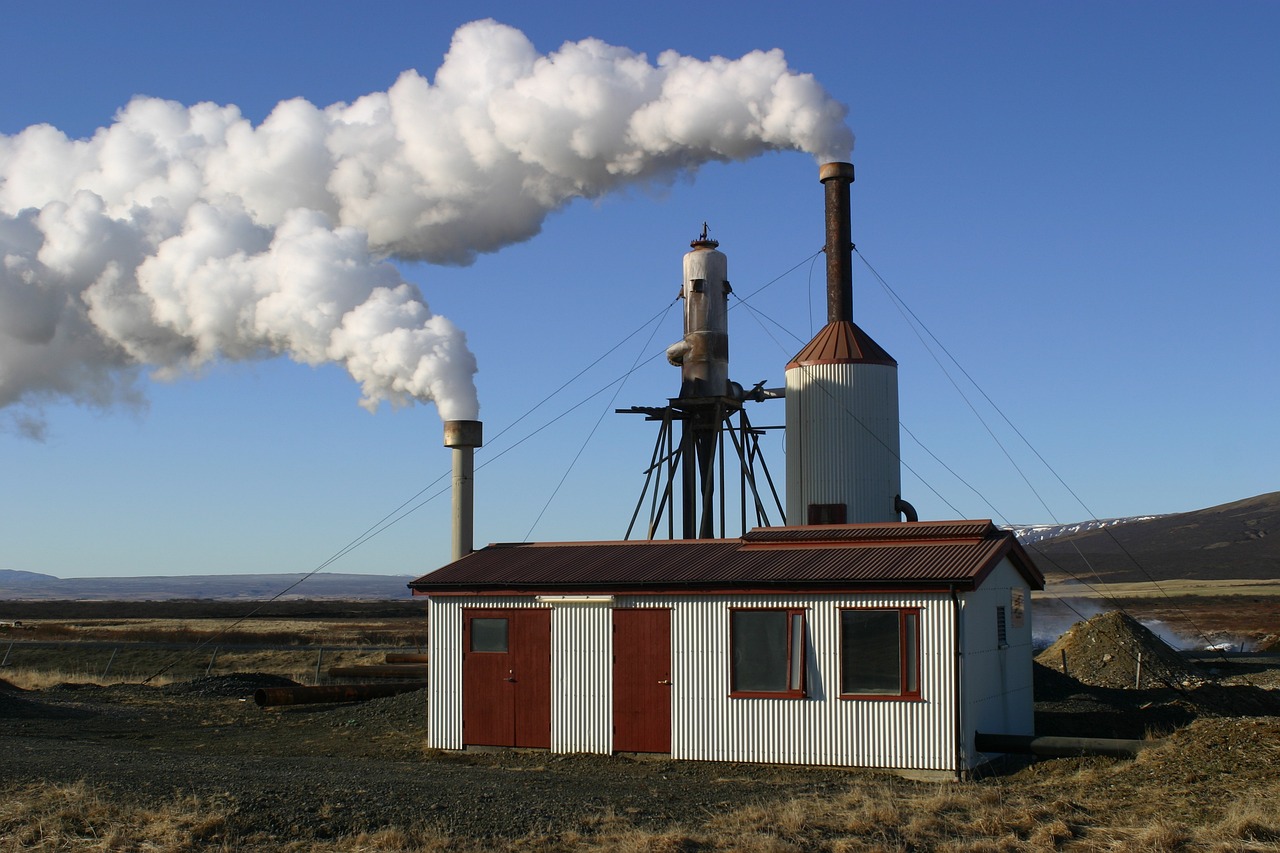
Reduction of Carbon Footprint
The transition to renewable energy sources is not just a trend; it's a vital step we must take to combat climate change and reduce our carbon footprint. Imagine if every household, every business, and every community switched to solar panels or wind turbines. The collective impact would be staggering! By harnessing the power of natural processes, we can significantly lower the amount of carbon dioxide (CO2) we release into the atmosphere. Did you know that the energy sector is one of the largest contributors to greenhouse gas emissions? Transitioning to renewables can drastically change this narrative.
When we talk about carbon footprint, we're referring to the total amount of greenhouse gases, including carbon dioxide and methane, that are emitted directly or indirectly by our activities. This footprint can be measured in various ways, but the bottom line is that reducing it is essential for the health of our planet. For instance, using renewable energy sources like wind, solar, and hydroelectric power can help reduce the carbon emissions associated with traditional fossil fuels. To put it into perspective, let’s look at some numbers:
| Energy Source | Carbon Emissions (grams CO2/kWh) |
|---|---|
| Coal | 900 |
| Natural Gas | 450 |
| Oil | 800 |
| Solar | 40 |
| Wind | 10 |
| Hydroelectric | 5 |
As you can see from the table, renewable energy sources produce significantly lower carbon emissions compared to fossil fuels. This shift not only helps in reducing individual and collective carbon footprints but also contributes to cleaner air and a healthier environment. Imagine a future where our cities are filled with clean air, and the threat of climate change is diminished. This is not just a dream; it’s a possibility if we all commit to making the switch.
Furthermore, transitioning to renewable energy can also empower individuals and communities. By investing in solar panels or participating in community wind projects, people can take control of their energy production. This not only reduces dependence on fossil fuels but also fosters a sense of responsibility towards the environment. It’s like planting a tree; the more we plant, the more we contribute to a sustainable future.
In conclusion, the reduction of our carbon footprint through renewable energy is not merely an environmental necessity, but a moral imperative. As we embrace these sustainable energy sources, we pave the way for a healthier planet for future generations. So, why not take that first step today? Whether it’s advocating for renewable policies in your community or simply educating yourself and others about the benefits of clean energy, every action counts!
- What is a carbon footprint? A carbon footprint measures the total greenhouse gases emitted by an individual, organization, or product, expressed in equivalent tons of CO2.
- How can I reduce my carbon footprint at home? You can reduce your carbon footprint by using energy-efficient appliances, switching to renewable energy sources, and adopting sustainable practices like recycling and reducing waste.
- Are renewable energy sources reliable? Yes, advancements in technology have made renewable energy sources like solar and wind more reliable and efficient, providing a consistent energy supply.
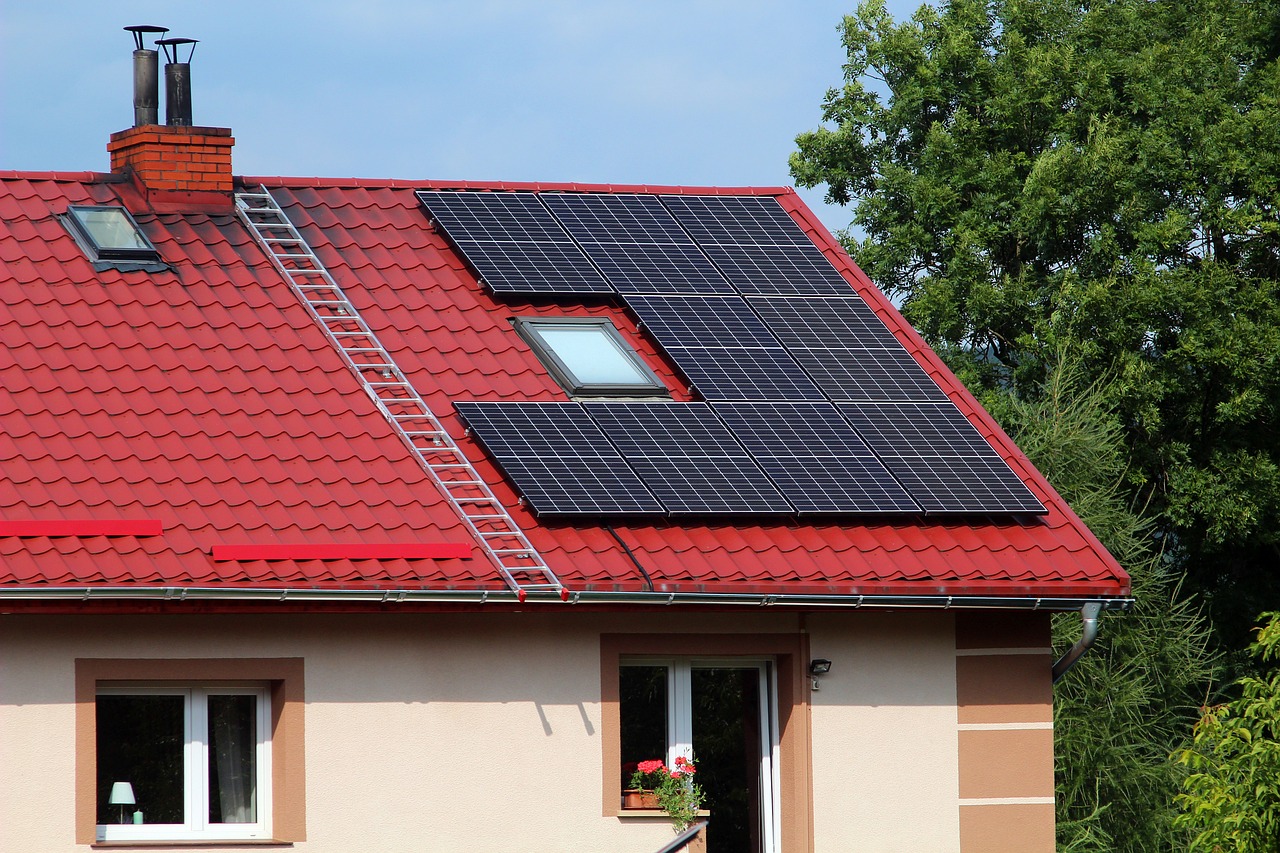
Comparing Carbon Emissions
When we talk about carbon emissions, we're diving into one of the most critical issues of our time. It's like comparing apples to oranges, but in this case, we're comparing the heavyweights of our energy sources: fossil fuels versus renewable energy. To put it simply, fossil fuels—like coal, oil, and natural gas—are notorious for their high carbon emissions. They release a significant amount of carbon dioxide (CO2) and other greenhouse gases into the atmosphere, contributing to climate change. On the flip side, renewable energy sources such as solar, wind, and hydroelectric power offer a much cleaner alternative.
Let's break it down a bit further. According to recent studies, the average carbon emissions from burning fossil fuels can be staggering. For instance, coal-fired power plants can emit around 2.2 pounds of CO2 for every kilowatt-hour (kWh) of electricity produced. In contrast, renewable energy sources emit little to no greenhouse gases during their operation. This stark contrast highlights why transitioning to renewables is essential for our planet's health.
| Energy Source | Average CO2 Emissions (per kWh) |
|---|---|
| Coal | 2.2 lbs |
| Natural Gas | 0.9 lbs |
| Oil | 2.5 lbs |
| Solar | 0.0 lbs |
| Wind | 0.0 lbs |
| Hydroelectric | 0.0 lbs |
This table illustrates the stark differences in carbon emissions from various energy sources. As we can see, while fossil fuels contribute significantly to greenhouse gases, renewable options stand out as champions of sustainability. Transitioning to these cleaner alternatives not only reduces our carbon footprint but also plays a vital role in combating climate change.
Moreover, it's essential to consider the long-term implications of these emissions. The more we rely on fossil fuels, the more we contribute to air pollution, which can lead to serious health issues for individuals and communities. In contrast, renewable energy sources not only help in reducing emissions but also improve air quality. Imagine breathing in cleaner air, free from the pollutants that fossil fuels generate. It's not just about the environment; it’s about our health and the quality of life for future generations.
In conclusion, comparing carbon emissions between fossil fuels and renewable energy sources reveals a clear winner in the fight against climate change. By choosing renewables, we are not only taking a stand for the environment but also paving the way for a healthier future. The more we understand these differences, the better equipped we are to make informed choices that will benefit both our planet and ourselves.
- What are the main sources of renewable energy? Renewable energy comes from sources like solar, wind, hydroelectric, geothermal, and biomass.
- How does renewable energy help reduce carbon emissions? Renewable energy sources produce little to no greenhouse gases during operation, significantly lowering overall carbon emissions.
- Can renewable energy fully replace fossil fuels? While it's a goal, the transition will take time and requires advancements in technology and infrastructure.
- What are the economic benefits of renewable energy? Investing in renewable energy can create jobs, stimulate economic growth, and reduce energy costs over time.
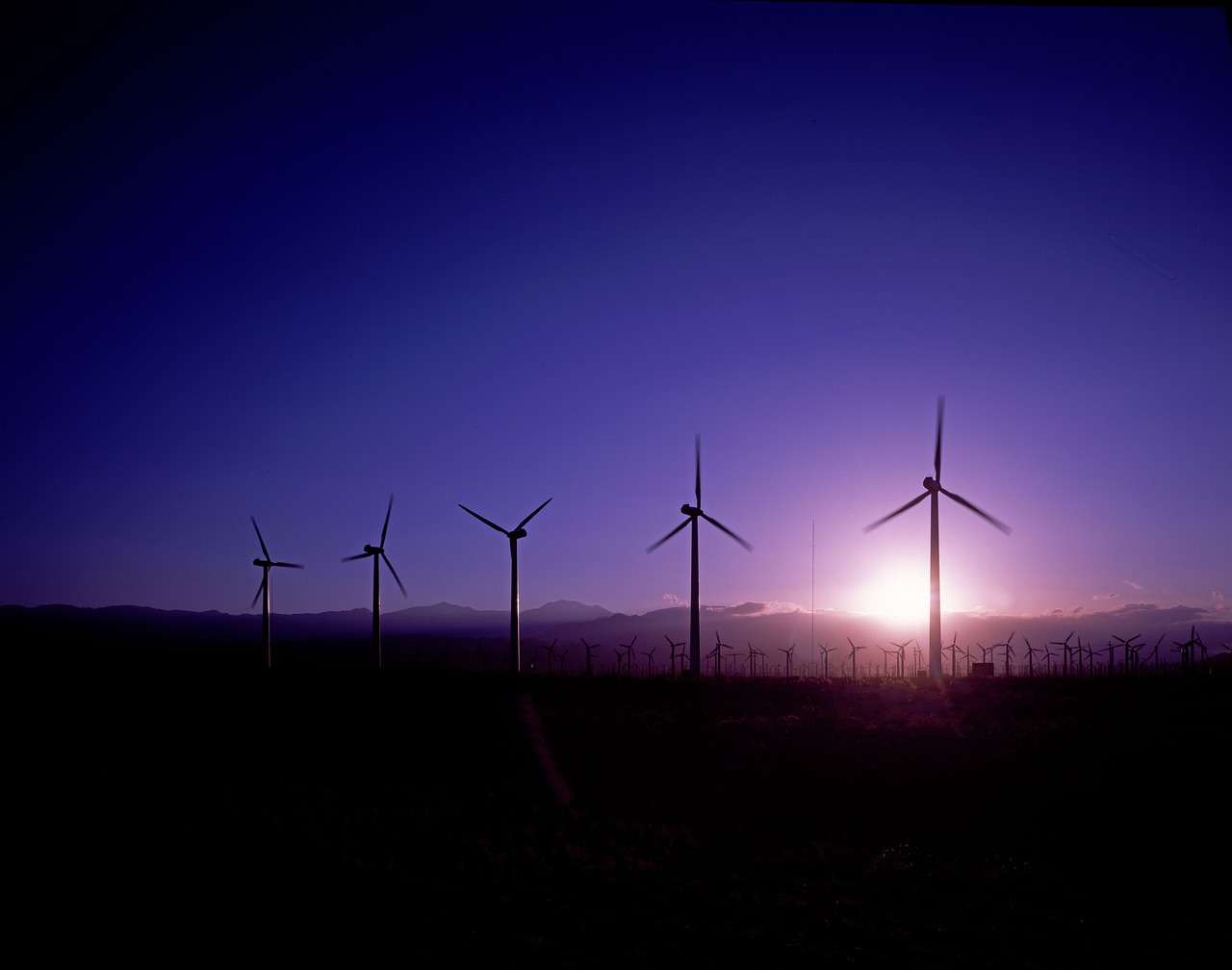
Long-term Sustainability
When we talk about , we’re not just throwing around a buzzword; we’re diving into a concept that holds the key to our planet's future. Think of renewable energy as the lifeline that ensures our natural resources are not only preserved but also thrive for generations to come. Unlike fossil fuels, which are finite and deplete the Earth’s resources, renewable energy sources such as solar, wind, and hydroelectric power are constantly replenished by nature. This means that we can harness these energy forms without the fear of running out.
Moreover, renewable energy plays a pivotal role in promoting ecological balance. By reducing our reliance on fossil fuels, we can significantly decrease the harmful emissions that contribute to air and water pollution. This transition leads to healthier ecosystems, allowing wildlife to flourish and plants to grow unimpeded by toxic substances. Imagine a world where clean air is the norm, where rivers run clear, and where the sound of nature is not drowned out by the hum of machinery. That’s the promise of renewable energy!
To further understand its impact, let’s consider a few key points:
- Resource Preservation: Renewable energy sources do not deplete natural resources. Instead, they harness the sun, wind, and water, which are abundant and will be around as long as our planet exists.
- Ecological Benefits: By reducing pollution and greenhouse gas emissions, renewable energy helps combat climate change, which is crucial for maintaining biodiversity and protecting ecosystems.
- Economic Stability: Investing in renewables creates jobs and fosters economic growth, contributing to a sustainable economy that benefits everyone.
In essence, the shift towards renewable energy is not just an environmental necessity; it’s a moral obligation. We have a responsibility to ensure that future generations inherit a planet that is not ravaged by pollution and resource scarcity. By embracing renewable energy, we are taking a proactive step towards achieving a sustainable future.
As we move forward, it’s vital to recognize that the transition to renewable energy sources is a journey, not a sprint. It requires commitment, innovation, and collaboration across all sectors of society. Governments, businesses, and individuals must work together to create policies and practices that support sustainable energy solutions. This unified approach will pave the way for a cleaner, greener, and more sustainable world.
Q: What are renewable energy sources?
A: Renewable energy sources are energy forms that are replenished naturally and can be used indefinitely, such as solar, wind, hydroelectric, and geothermal energy.
Q: How do renewable energy sources contribute to sustainability?
A: They reduce reliance on finite resources, lower pollution levels, and help preserve natural ecosystems, making them essential for long-term environmental health.
Q: Can renewable energy power my home?
A: Absolutely! Many homeowners are now using solar panels or wind turbines to generate their own electricity, significantly reducing their carbon footprint.
Q: What is the economic impact of switching to renewable energy?
A: Transitioning to renewable energy can create jobs in manufacturing, installation, and maintenance, while also fostering innovation and economic growth in new sectors.
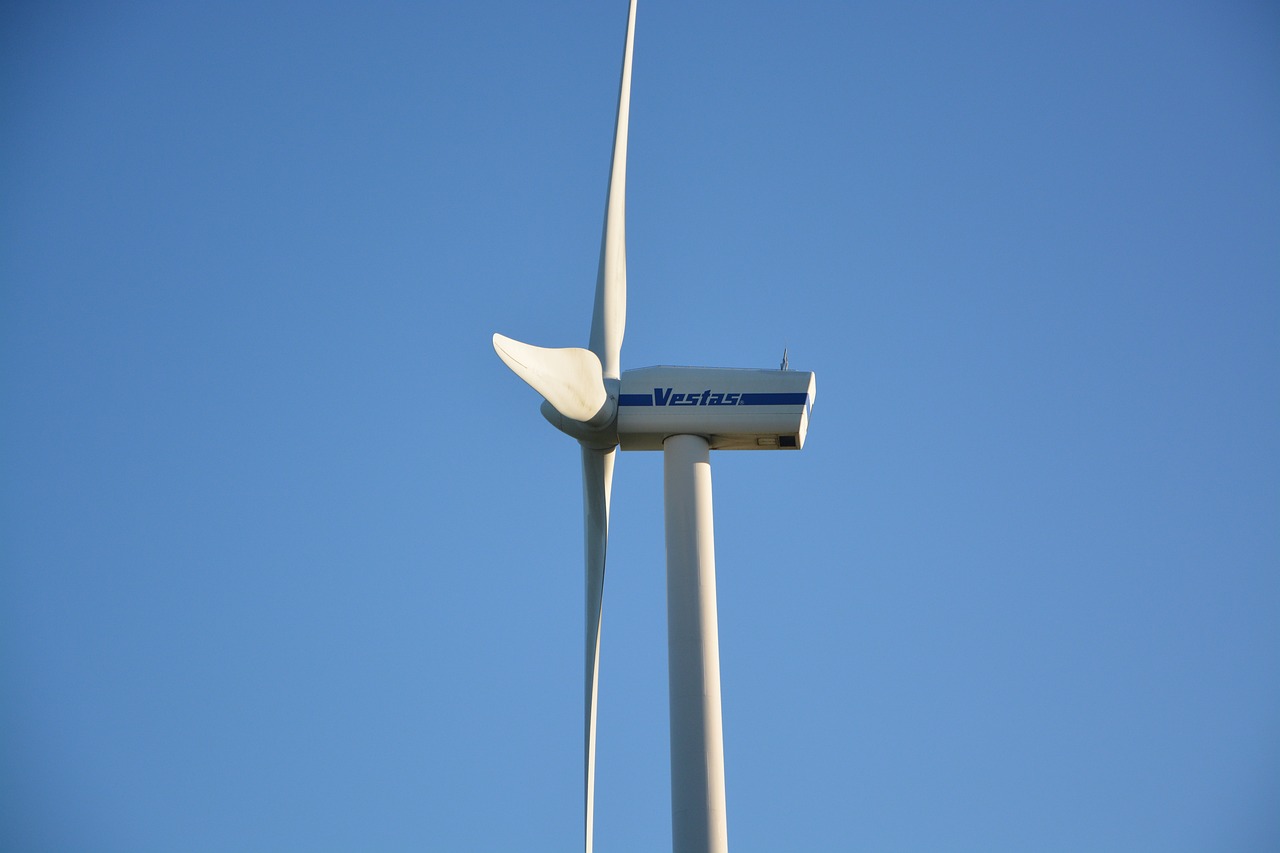
Economic Advantages
When we talk about renewable energy, we often think about its environmental benefits, but let’s not forget the that come along with it. Investing in renewable energy is not just a matter of saving the planet; it’s also about creating a robust economy. Imagine a world where clean energy is the norm—this transition not only paves the way for a healthier environment but also opens up a treasure trove of job opportunities and economic growth. In fact, the renewable energy sector has been a beacon of hope during economic downturns, providing jobs that are both sustainable and future-oriented.
One of the most exciting aspects of the renewable energy industry is its potential for job creation. According to recent studies, the renewable energy sector is more labor-intensive than fossil fuels, meaning that it creates more jobs per unit of electricity produced. This is crucial because it translates into more employment opportunities for individuals across various skill levels. From engineers designing solar panels to technicians installing wind turbines, the range of jobs is vast and varied. Here are some key sectors within renewable energy that are booming:
- Solar Energy: With the increasing demand for solar panels, installation jobs are skyrocketing.
- Wind Energy: The wind sector is not just about turbines; it also involves manufacturing, maintenance, and logistics.
- Bioenergy: This sector is growing rapidly, offering opportunities in agriculture and waste management.
Furthermore, investing in renewable energy can stimulate local economies. When communities adopt renewable energy projects, they often see a significant increase in local investments. For instance, a wind farm can bring in millions of dollars in revenue, which can be reinvested into the community for schools, infrastructure, and healthcare. This kind of economic boost is essential, especially in rural areas where job opportunities may be limited.
Moreover, the transition to renewable energy can lead to lower energy costs in the long run. While the initial investment in renewable technologies can be high, the operational costs are often significantly lower than those of fossil fuels. Once the infrastructure is in place, the sun and wind are free resources. This can lead to reduced energy bills for consumers and businesses alike, allowing them to allocate funds elsewhere, which further stimulates the economy.
In addition, let’s not overlook the global market potential of renewable energy. As countries around the world commit to reducing their carbon footprints, the demand for renewable technologies is set to skyrocket. This presents a unique opportunity for nations that invest early in these technologies to become leaders in the global energy market. Countries like Germany and China are already reaping the benefits, showcasing how investing in renewables can lead to significant economic advantages on the world stage.
In summary, the economic advantages of renewable energy are multi-faceted. From job creation and local investments to lower energy costs and global market opportunities, the renewable energy sector is not just a trend; it’s a revolution in how we think about energy and its impact on our economy. So, as we push forward into a greener future, let's remember that the shift to renewable energy is not just about saving the planet—it's about building a stronger, more resilient economy for everyone.
Q: What are the main economic benefits of renewable energy?
A: The main economic benefits include job creation, local investments, lower energy costs, and the potential for global market leadership.
Q: How many jobs are created in the renewable energy sector?
A: The renewable energy sector creates more jobs per unit of electricity produced compared to fossil fuels, with significant opportunities in solar, wind, and bioenergy.
Q: Can renewable energy lower my energy bills?
A: Yes, while the initial investment can be high, operational costs for renewable energy are often lower, leading to reduced energy bills over time.
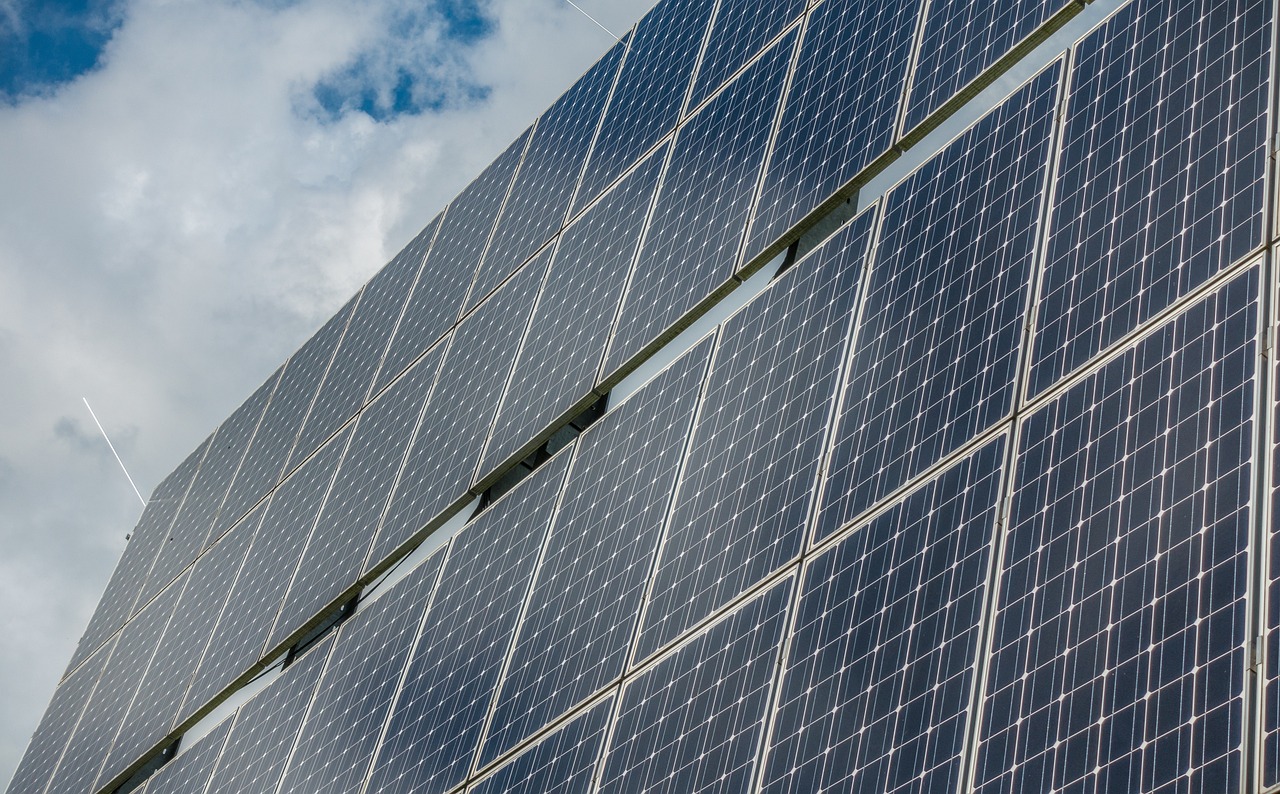
Energy Security
Energy security is more than just a buzzword; it's a vital concept that impacts our daily lives, economies, and environments. In an age where the effects of climate change are becoming increasingly apparent, the need for a reliable and sustainable energy supply has never been more pressing. Renewable energy sources play a crucial role in enhancing energy security by diversifying our energy supply and significantly reducing our dependence on fossil fuels. Imagine a world where energy is abundant, clean, and available to everyone, regardless of geographical location. This is the promise that renewable energy holds.
One of the most significant advantages of renewable energy is its ability to provide a decentralized energy production model. Unlike traditional energy systems that rely heavily on centralized power plants, renewable energy allows for local energy generation. This means that communities can harness resources like solar, wind, or biomass to produce energy right where they need it. Not only does this reduce transmission losses, but it also enhances resilience against disruptions caused by natural disasters or geopolitical tensions. Think of it like having a garden in your backyard; you don’t have to rely on the grocery store for fresh vegetables, and you can grow your own food sustainably.
Moreover, by investing in local renewable energy projects, communities can empower themselves and gain greater control over their energy sources. This shift towards decentralized energy systems is not just a trend; it's a movement towards energy independence. Countries that embrace renewables are less vulnerable to price fluctuations and supply chain disruptions associated with fossil fuels. The global energy landscape is changing, and nations are realizing that energy security is intrinsically linked to sustainability.
To illustrate the impact of renewable energy on energy security, let’s look at a comparative table of energy sources:
| Energy Source | Dependence on Imports | Environmental Impact | Sustainability |
|---|---|---|---|
| Fossil Fuels | High | High | Low |
| Solar Energy | Low | Low | High |
| Wind Energy | Low | Low | High |
| Hydroelectric Power | Low | Moderate | High |
This table clearly shows how renewable energy sources like solar and wind significantly reduce dependence on imports and have a much lower environmental impact compared to fossil fuels. As countries aim for energy security, investing in renewable energy is not just a smart choice; it's an essential strategy for a sustainable future.
In conclusion, the transition to renewable energy not only addresses the pressing issue of climate change but also fortifies our energy security. By embracing renewable sources, we can create a more resilient energy system that empowers communities, protects the environment, and ensures that future generations have access to the energy they need. The path towards energy independence is not just a dream—it's a reality that we can achieve together.
- What is energy security? Energy security refers to the uninterrupted availability of energy sources at an affordable price.
- How do renewable energy sources enhance energy security? They diversify energy supply and reduce dependence on imported fossil fuels.
- What are some examples of renewable energy sources? Examples include solar, wind, hydroelectric, and biomass.
- Why is decentralized energy production important? It enhances resilience against disruptions and allows communities to control their energy sources.
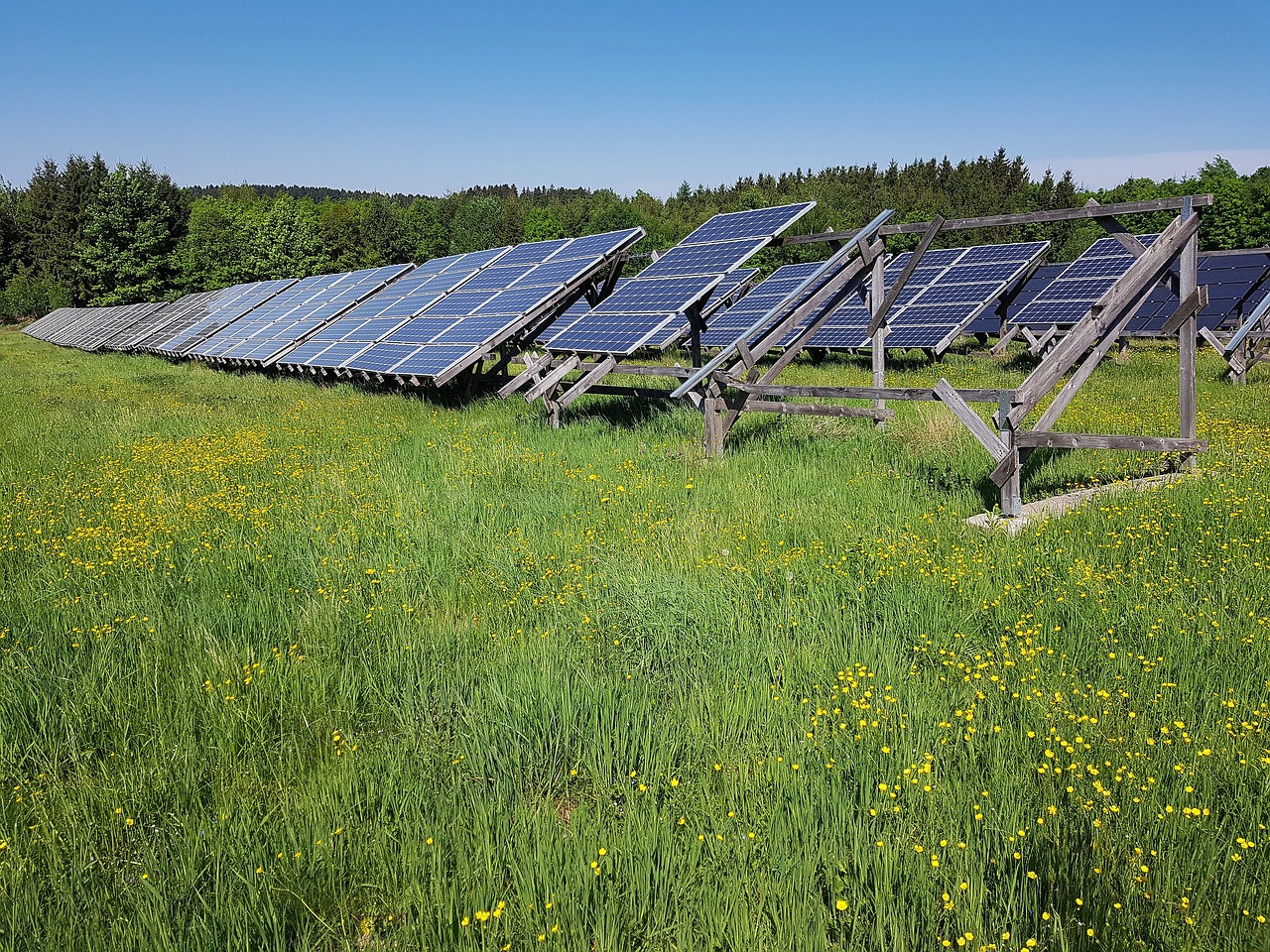
Decentralized Energy Production
Decentralized energy production refers to generating energy at or near the point of use, rather than relying on a centralized grid system. Imagine a world where your energy comes from solar panels on your roof or a small wind turbine in your backyard. This shift not only empowers individuals but also promotes a more resilient energy system. By decentralizing energy production, we can reduce transmission losses, lower energy costs, and enhance energy security.
One of the most significant advantages of decentralized energy production is its ability to foster local energy independence. Communities can harness their own resources, whether it’s sunlight, wind, or water, to meet their energy needs. This is particularly beneficial in remote or rural areas where access to a centralized power grid may be limited. By generating energy locally, these communities can reduce their reliance on fossil fuels and contribute to a cleaner environment.
Furthermore, decentralized energy systems can improve resilience against disruptions. For instance, during natural disasters or grid failures, local energy sources can continue to provide power, ensuring that essential services remain operational. This is akin to having a backup generator at home; it gives you peace of mind knowing that you won’t be left in the dark when the grid goes down.
As we move further into the 21st century, the trend towards decentralized energy production is becoming increasingly evident. According to recent studies, the global market for decentralized energy is projected to grow significantly, driven by advancements in technology and a growing awareness of climate change.
| Year | Market Size (in Billion USD) |
|---|---|
| 2020 | 50 |
| 2025 | 100 |
| 2030 | 200 |
Moreover, decentralized systems often encourage community engagement and participation. When individuals and local groups invest in renewable energy projects, they become more invested in their energy future. This can foster a sense of community and collaboration as people work together to achieve shared sustainability goals. Imagine the collective pride of a neighborhood that powers itself with clean energy, reducing its carbon footprint while also saving on energy costs.
In conclusion, decentralized energy production is not just a trend; it represents a fundamental shift in how we think about energy generation and consumption. It offers a pathway to a more sustainable, resilient, and independent energy future. As we embrace this change, we must also consider how to effectively integrate these systems into our existing energy infrastructure to maximize their benefits.
- What is decentralized energy production? Decentralized energy production refers to generating energy at or near the point of use, rather than relying on a centralized grid.
- What are the benefits of decentralized energy? Benefits include local energy independence, reduced reliance on fossil fuels, improved resilience against disruptions, and community engagement.
- How does decentralized energy impact energy security? It enhances energy security by diversifying energy supply and reducing dependence on centralized systems, making communities less vulnerable to outages.
- What technologies are commonly used in decentralized energy production? Common technologies include solar panels, wind turbines, and small-scale hydroelectric systems.
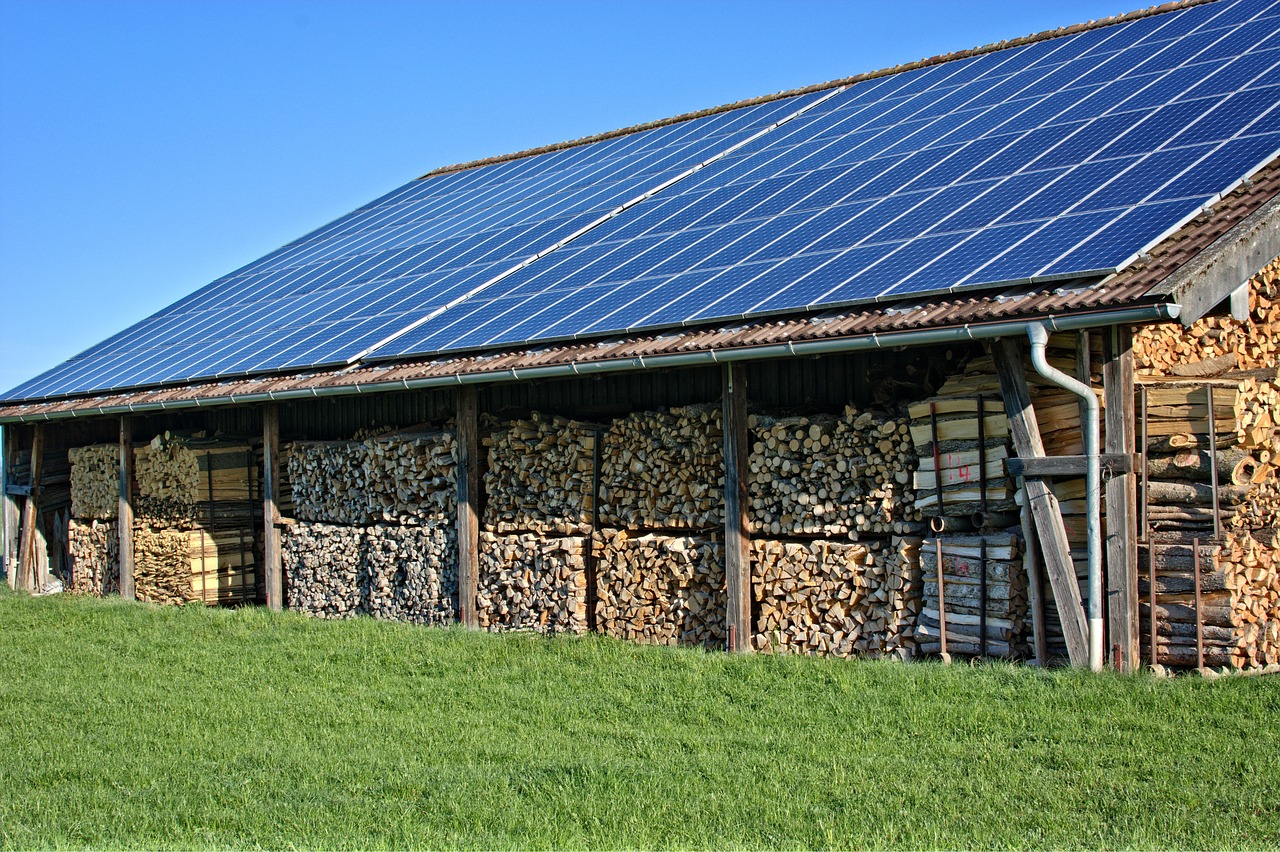
Global Energy Trends
The landscape of energy production and consumption is undergoing a remarkable transformation, driven by an urgent need to address climate change and the finite nature of fossil fuels. As we stand at the crossroads of energy evolution, it’s essential to recognize the that are shaping our future. Countries worldwide are increasingly embracing renewable energy sources, and this shift is not merely a trend—it's a necessity for sustainable development.
One of the most significant trends is the rapid adoption of solar and wind energy. According to recent reports, solar power capacity has grown exponentially, with installations doubling in just a few years. Wind energy is also on the rise, with offshore wind farms becoming a common sight in many coastal regions. This growth is fueled by technological advancements that have dramatically reduced the cost of these renewable sources, making them competitive with traditional fossil fuels.
Moreover, governments around the globe are implementing policies to encourage the transition to renewables. Many countries have set ambitious targets for reducing greenhouse gas emissions and increasing the share of renewables in their energy mix. For instance, the European Union aims to achieve a climate-neutral economy by 2050, while countries like China and India are investing heavily in renewable infrastructure. These initiatives are not just about meeting international agreements; they are also about securing energy independence and enhancing energy security.
Another notable trend is the rise of decentralized energy systems. Communities are increasingly looking to generate their own energy through local solar panels, wind turbines, and other renewable technologies. This shift not only empowers individuals but also strengthens local economies. By reducing reliance on centralized power grids, communities can enhance their resilience against disruptions, such as natural disasters or geopolitical tensions. For example, during the recent hurricanes in the United States, areas with decentralized energy systems were able to recover faster than those dependent on traditional power grids.
As we look at the global picture, it’s clear that renewable energy is not just a fleeting trend but a significant movement toward a sustainable future. The International Energy Agency (IEA) predicts that renewables will account for nearly 80% of the global power demand by 2030. This prediction underscores a critical shift in how we view energy production and consumption, emphasizing a future that prioritizes clean energy and sustainability.
To illustrate these trends further, consider the following table that highlights the projected growth of renewable energy sources over the next decade:
| Year | Solar Energy (GW) | Wind Energy (GW) | Hydropower (GW) |
|---|---|---|---|
| 2023 | 300 | 600 | 1200 |
| 2025 | 400 | 700 | 1200 |
| 2030 | 600 | 900 | 1200 |
In conclusion, the global energy trends we are witnessing today are paving the way for a cleaner, more sustainable future. The transition to renewable energy is not just beneficial for the environment; it also promotes economic growth and energy security. As we embrace these changes, it’s essential to stay informed and engaged in the conversation about our energy future. After all, the choices we make today will shape the world for generations to come.
- What are renewable energy sources? Renewable energy sources are natural resources that can be replenished, such as solar, wind, hydroelectric, and geothermal energy.
- Why is renewable energy important? Renewable energy is crucial for reducing greenhouse gas emissions, mitigating climate change, and ensuring energy security for future generations.
- How does renewable energy impact the economy? Investing in renewable energy can create jobs, stimulate economic growth, and reduce energy costs over time.
- What are the benefits of decentralized energy systems? Decentralized energy systems enhance resilience, empower communities, and reduce reliance on centralized power grids.
Frequently Asked Questions
- What are renewable energy sources?
Renewable energy sources are energy derived from natural processes that are continuously replenished. This includes solar, wind, hydroelectric, geothermal, and biomass energy. Unlike fossil fuels, these sources are sustainable and have a much lower environmental impact.
- How do renewable energy sources help combat climate change?
Renewable energy sources play a crucial role in reducing greenhouse gas emissions, which are a major contributor to climate change. By transitioning to renewables, we can significantly lower our carbon footprint and improve air quality, leading to a healthier planet.
- What are the economic benefits of investing in renewable energy?
Investing in renewable energy can lead to job creation, economic growth, and energy independence. The renewable energy sector is rapidly expanding, providing numerous employment opportunities in manufacturing, installation, and maintenance of renewable energy systems.
- How does renewable energy contribute to energy security?
Renewable energy enhances energy security by diversifying the energy supply and reducing dependence on fossil fuels. This means that countries can produce their own energy locally, which decreases vulnerability to price fluctuations and supply disruptions.
- What is decentralized energy production?
Decentralized energy production refers to generating energy at or near the point of use, rather than at a large, centralized facility. This approach can improve resilience against disruptions, as local renewable projects can provide energy even during widespread outages.
- What are the current global trends in renewable energy adoption?
Globally, there is a significant shift towards renewable energy solutions, with many countries setting ambitious targets for reducing carbon emissions and increasing the share of renewables in their energy mix. This trend is driven by technological advancements, policy support, and growing public awareness of climate issues.



















